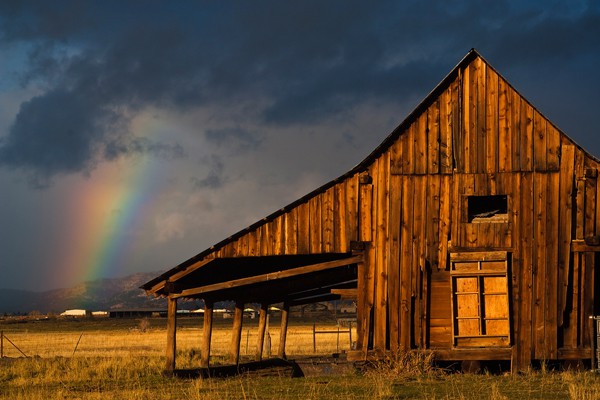Share
There’s No Crying in Finances: 8 Tips to Help You Get Ahead
As a working photographer, how do you figure out your cost of doing business, determine your tax write-offs, and develop a profitable pricing struc...

As a working photographer, how do you figure out your cost of doing business, determine your tax write-offs, and develop a profitable pricing structure? And should you ever work for free? In our guide The Inspiration Handbook: 50 Tips from 50 Photography Trailblazers, get advice from Zack Arias, Matt Whatley, Ken Kaminesky, Gary Crabbe, Bill Cramer, Corey Rich, Jennifer Chaney, and Jody MacDonald.
1. Bill Cramer, CEO & Founder, Wonderful Machine
“When you’re getting started as a freelance photographer, it’s impossible to know what fees, expenses, and licensing are “fair,” without understanding what other publications offer and what other photographers accept. As you gain experience, what other people do will become less important as you begin to understand your own value more and more.”
2. Corey Rich, Adventure Sports and Outdoor Lifestyle Visual Storyteller
“When considering the budget, you have to also consider insurance, including equipment insurance, general liability, property coverage, etc. And keep in mind, insurance goes up when shooting video because the crews are larger and the production is in general riskier. A good rule of thumb is that usually insurance is between two and four percent of the budget.”
3. Matt Whatley, The Tax Ninja
“Know your tax write-offs. This is what stumps photographers the most. But figuring out what you can and can’t write off can be as simple as reviewing an itemized tax form. If you want a little help, check out the Tax Ninja’s form. The general rule is, if it’s ordinary and necessary for your business and the generation of its income, it can become a write-off.”
4. Gary Crabbe, Outdoor, Location & Travel Photographer
“To price your work, photographers must first decide where they want to be seen in the marketplace. After you decide, to then price your work, you must consider all your costs of doing business. Factors include the time and production required to create your prints. You also must consider the profit margin you want, just like any other business does with a product they want to sell.”
5. Ken Kaminesky, Lifestyle & Travel Photographer
“Working for free is something I consider a major mistake. If you work for any client for free, they will always expect you to do so and you’ll be labeled as the “free” or “cheap guy.” As soon as those clients have a budget to spend on photography, they will go elsewhere because they’ll think that they can get someone better.”
6. Zack Arias, Editorial & Commercial Photographer
“The best piece of advice I have for photographers starting out is know your numbers and your cost of doing business. How much money do you need to live every month? Use the cost of doing business calculator so you can begin to answer these questions and set up a pricing structure for your photography. I’m telling you, if you don’t have an accountant and you don’t know your numbers, you’re setting yourself up to fail.”
“If you’re setting a new pricing structure, consider starting out with a basic session fee. This should be determined by what you need to make per hour to stay in business. Also take into account what your target client can realistically pay. When deciding this fee, you should factor in travel, number of subjects you’ll be working with, and time spent back in the office preparing and delivering files.”
8. Jody MacDonald, Documentary & Action Sports Photographer
“When it comes to understanding what will sell, I go with my gut. I start by doing my research and finding a story that interests me. And because I work primarily with magazines, storylines are an important aspect of my photography. For example, when I was in India working on another project, I saw a movie featuring Rajan, “the world’s last swimming elephant,” floating in tropical blue water. I remember thinking, ‘I have to experience that.’ I have to go see if I can find this elephant.’ And I did.”
Want more advice to help grow your photo business? Download The Inspiration Handbook: 50 Tips from 50 Photography Trailblazers.







